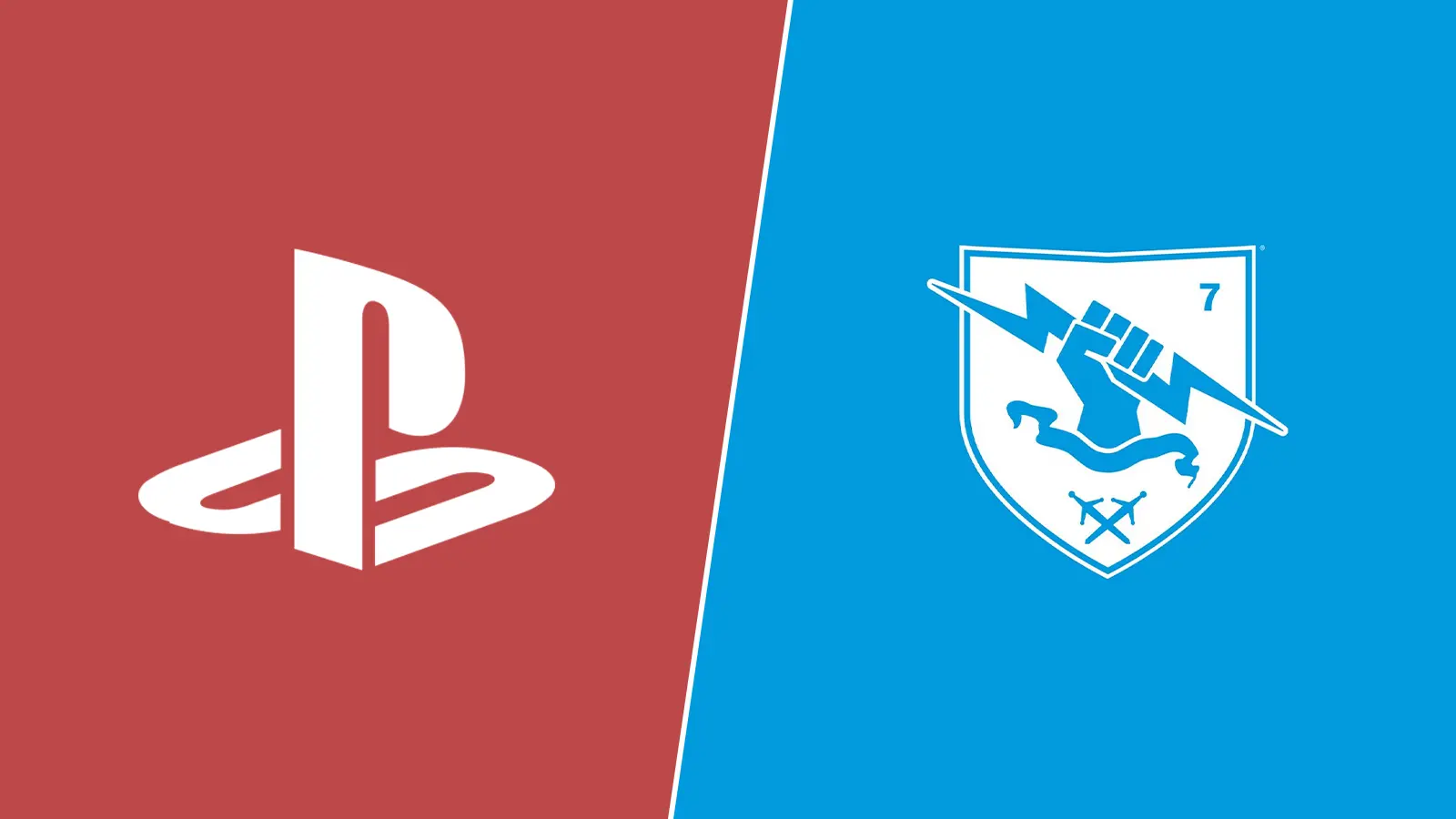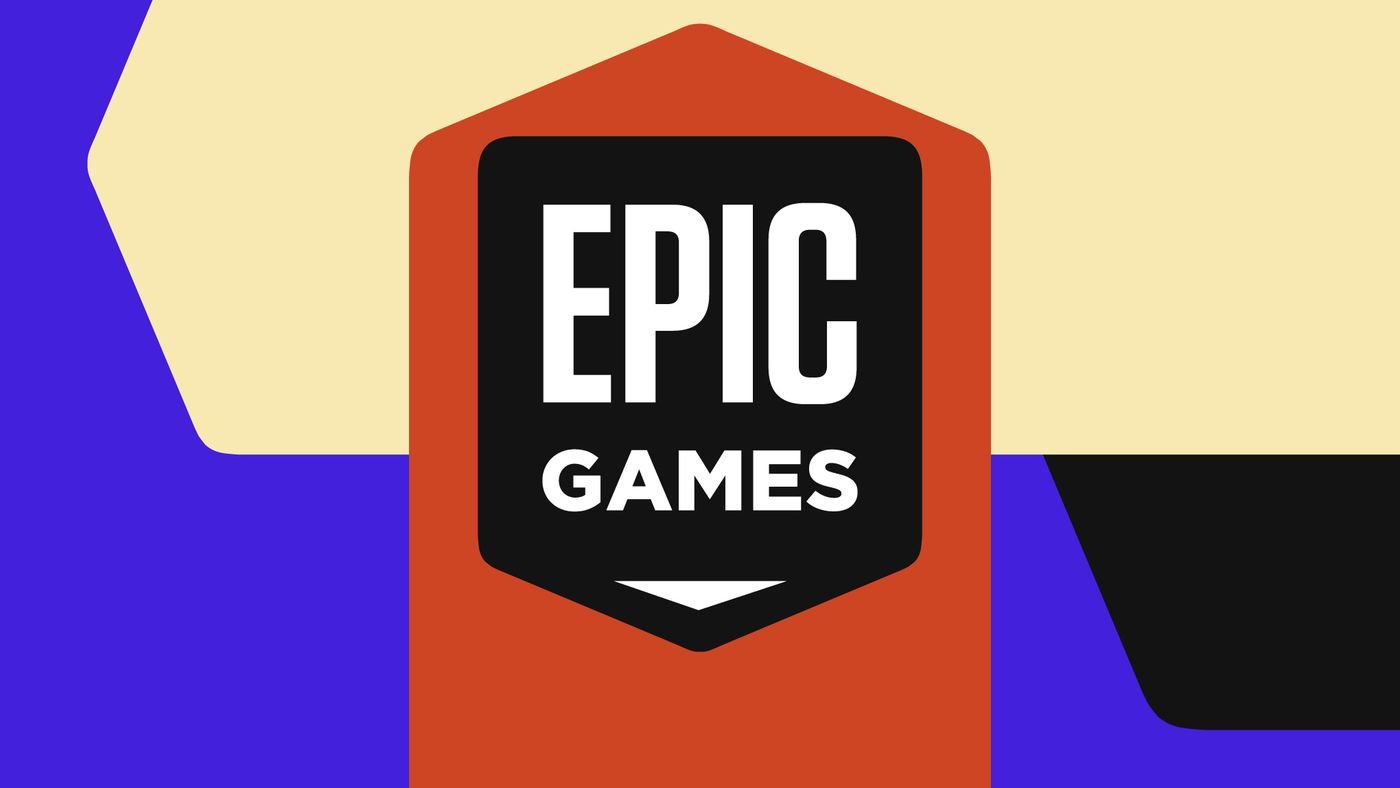The gaming industry faces a critical juncture, with escalating development costs and the traditional model of platform exclusivity coming under scrutiny. Former PlayStation Studios boss Shawn Layden’s recent comments shed light on this pressing issue, using the release strategy of Helldivers 2 as a pivotal example.
Key Highlights:
- Development costs for AAA games have skyrocketed, with titles like Spider-Man 2 costing over $300 million.
- Shawn Layden argues that when development costs exceed $200 million, exclusivity becomes a significant drawback, limiting potential revenue streams.
- Helldivers 2’s simultaneous release on PC alongside PlayStation is highlighted as a successful strategy to widen the player base.
- Layden calls for a resurgence of AA games, emphasizing variety and innovation over the high-risk, high-reward model of AAA development.
- Nintendo’s strategy with the Switch, focusing on a wide range of exclusive titles without competing in the hardware performance race, is noted as a sustainable model.
The Exclusivity Dilemma
Shawn Layden, in interviews and discussions, has pinpointed the issue of ballooning development costs and the consequent push towards exclusivity as a significant challenge for the industry. With AAA game budgets often exceeding $200 million, the pressure to recover investments through platform exclusivity can limit a game’s overall market potential. Layden points out that this strategy reduces the addressable market, especially critical for games relying on wide player engagement, such as those in the live service or free-to-play sectors.
Helldivers 2: A Case Study in Strategy Shift
Helldivers 2 emerges as a prime example of breaking the exclusivity mold, with its launch on PC alongside PlayStation. This move, as Layden suggests, serves to “crack the funnel open,” significantly broadening the potential player base beyond the confines of a single platform. This strategy not only helps to mitigate the risks associated with massive development costs but also aligns with the evolving consumer expectation of cross-platform accessibility.
The Call for AA Gaming
Amidst the current trends, Layden advocates for a return to “AA” gaming, reminiscing about a time when the industry thrived on creativity and diversity. He argues for more modestly sized, creatively unique games that can bring innovation and variety back to the forefront. This approach not only promises to ease the financial pressures of game development but also to enrich the gaming landscape with fresh, unconventional experiences.
The Sustainable Path Forward
Layden’s insights highlight a critical crossroads for the gaming industry. As development costs continue to climb, the traditional reliance on platform exclusivity and blockbuster AAA titles becomes increasingly unsustainable. Helldivers 2’s strategy, alongside a call for a resurgence in AA gaming, offers a blueprint for a more diversified, financially viable future.
Escalating Development Costs: A Growing Concern
The gaming industry is witnessing an unprecedented rise in development costs, particularly for AAA titles. Games that once required budgets of around $100 million now demand upwards of $300 million due to technological advancements and consumer expectations for higher quality. This inflation not only puts immense pressure on studios to deliver blockbuster hits but also narrows their margin for innovation and experimentation.
The industry’s challenge, then, is to balance the allure of blockbuster hits with the practicalities of market dynamics and consumer preferences. As companies grapple with these issues, the evolution toward broader accessibility and diversity in game development may well dictate the future of gaming.



















